Date: 5 October 2012
About twice the height of New York’s Empire State Building, the tower is sheathed in close to 26,000 glass panels over a total curtain wall area of 132,000 square meters. The Burj opened on Jan. 4, 2010, and took 5 years to build at an estimated cost of $1.5 billion, according to an article in The New York Times. More recently, it’s become iconic, the star of a holiday blockbuster and many commercials, as well as an oft-photographed demonstration of “build with light,” the architectural glass slogan of Guardian Industries of Auburn Hills, Mich., the global glass maker that provided the glass for the project.
The design team chose glass as a material because “it is the choice for the modern age,” says Sanjeev Krishnan, senior architectural sales director for Guardian Industries’ Dubai location.
“It gives a uniform look from the outside and Built with Millions of feet of glass clads Burj Khalifa in Dubai, the tallest building in the world By Charles “Chuck” Croskey Chairman of the Board, Guardian Industries S u p e r t a l l B u i l d i n g s provides spectacular views from the inside. So it was the choice from the beginning.”
As expected, designing a transparent tower was not easy. The team at Skidmore, Owings and Merrill in Chicago had to address issues such as reflectivity, heat gain and material sustainability. Managing the glare from the building and its effect on the surrounding neighborhood with its low-rise condos and pools was yet another challenge.
After much research and testing, the SOM team chose a combination of two kinds of glasses from Guardian: the SunGuard Solar Silver 20 that gives the Burj its signature blue-gray gleam; and the ClimaGuard NLT Low-E that offers solar performance and lower solar heat gain coefficient, and reduces interior reflectivity, making it easier to see out.
The glass
The exterior cladding of Burj Khalifa comprises reflective glazing with aluminum and textured stainless steel spandrel panels and stainless steel vertical tubular fins. Each of the 26,000 glass panels in the exterior cladding was individually hand-cut. The curtain wall of the tower would cover more than 13 soccer fields or 23 football fields.
The Burj is one of the largest glass projects in Guardian Industries’ history, says Scott Thomsen, president of the global Guardian Glass Group.
“The architect wanted a reflective effect and they wanted a very flat and uniform appearance to the glass,” Krishnan says. “Our glass had very little optical distortion. Typically, once you change the view from 90 degrees to close to 45 degrees, most glass gets a bit of color variation. The Burj project has views from many different angles, but there’s no color difference from different angles or perspectives. The glass selected for the Burj is extremely uniform in color when viewed from any angle.”
Read more here.

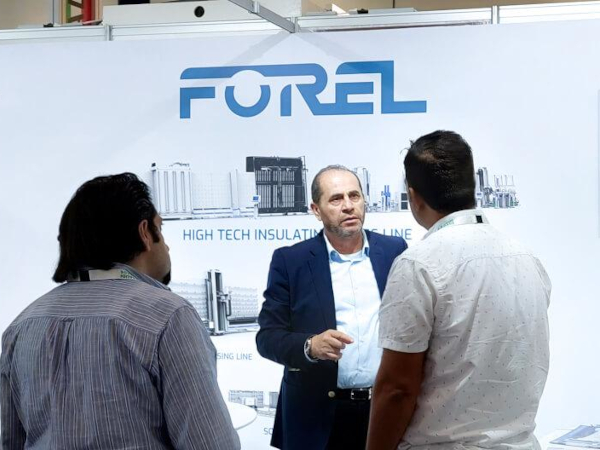
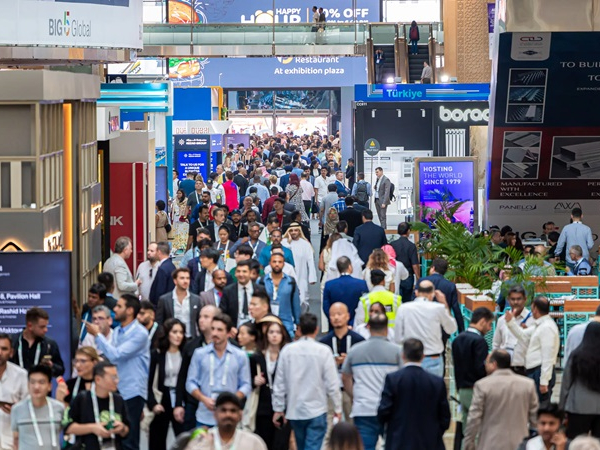
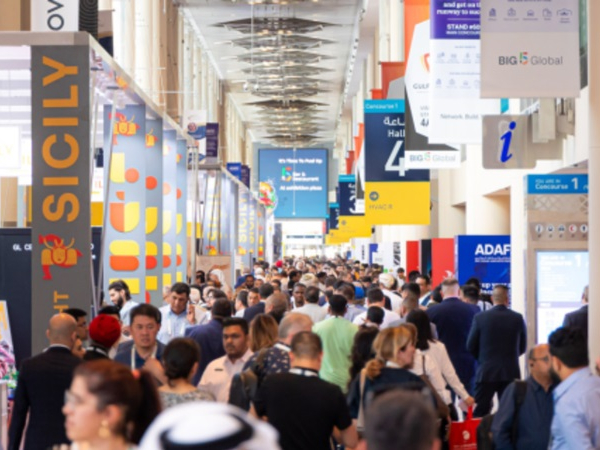
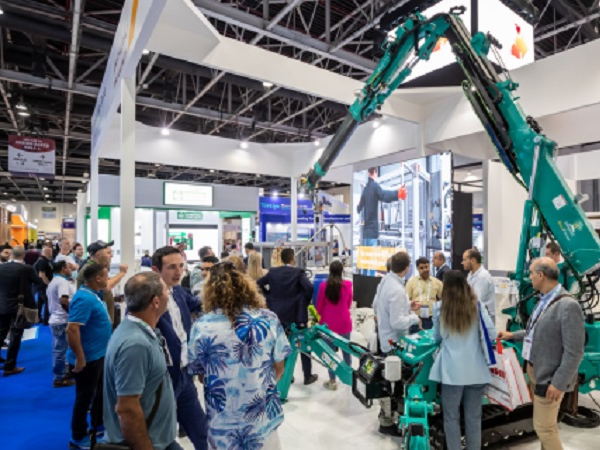
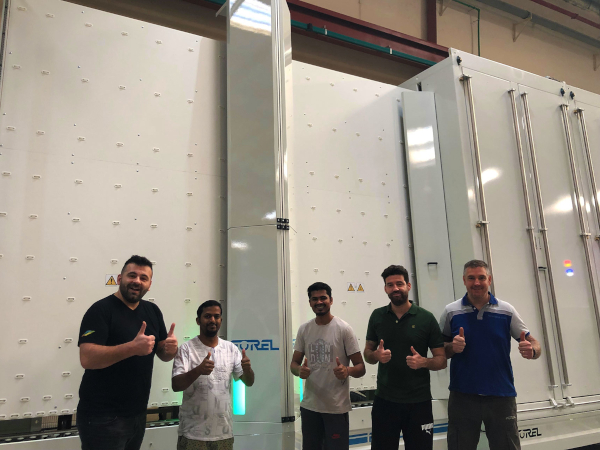
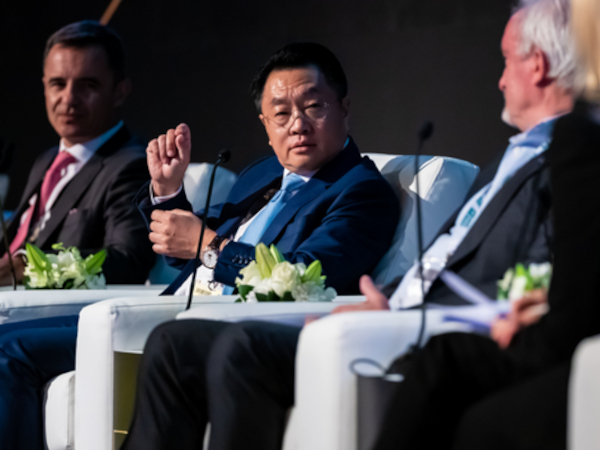
Add new comment